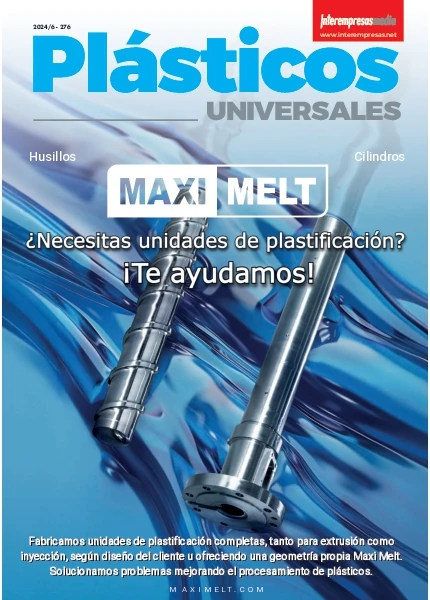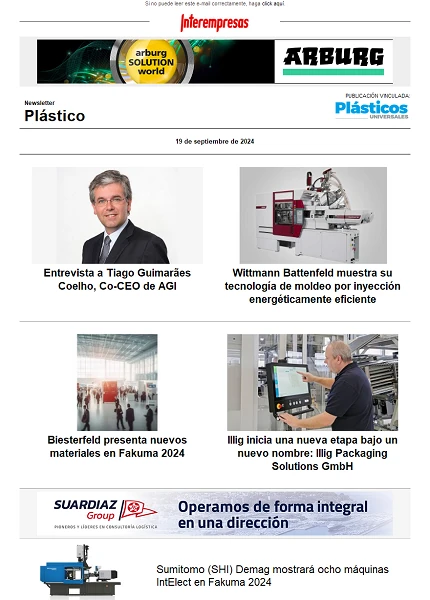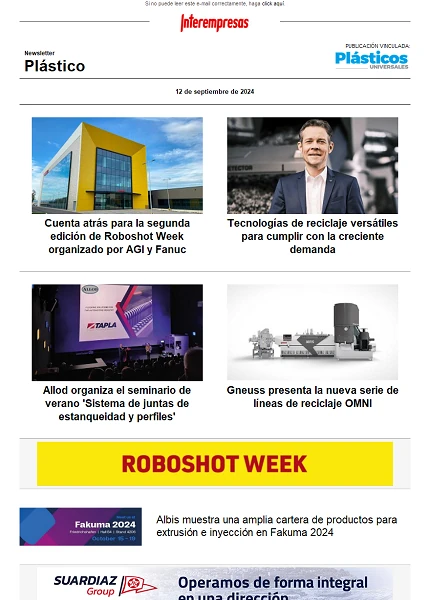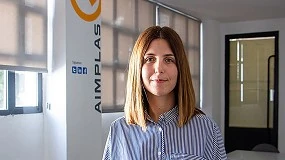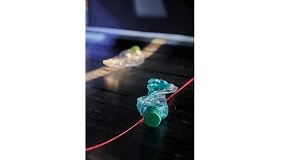Ultra-fast curing UV radiation
Light induces the polymerization of monomers multifunctional; It is what is known as 'Cured by UV light' and is recognized as the most effective to transform very quickly and at a temperature system environmental a liquid resin free solvent, in a highly resistant polymer product. Under intense lighting, the reaction of cross-breeding can occur at room temperature, producing a dense three-dimensional network in the polymer, which translates into an excellent performance to organic, chemical solvents and temperature.
Due to its significant advantages both in terms of the manufacturing process as the product itself, this clean technology has found wide application, for example in rapid drying of inks and varnishes, as well as the immediate use of adhesives and composite materials.
Properties viscoelastic and mechanics of polymers cured by UV, can be controlled accurately through the chemical structure and functionality of the monomer used, as well as the conditions of curing, depending on the application considered.
In the manufacture of composites cured by UV radiation, it is essential to use as cargo, a material that is transparent to UV radiation, such as quartz, glass fibre or silicate scales, in order to achieve a deep in parts of few centimeters in thickness.
Technology of the cured by UV radiation
The most important applications for curing UV have been mainly graphical and varnishes and lacquers industry. This is due to the enormous speed in the drying process, which plays into the increasingly demanding environmental protection regulations.
Curing UV resins are used increasingly in the rapid consolidation of adhesives, sealants and unmoulders; and of course, in the manufacture of composites curing at room temperature.
The cured by UV radiation is basically fotoiniciar polymerization of monomers and multifunctional polymers, which are converted in a few seconds in a three-dimensional structure.
The liquid-solid phase change can be followed by the conventional method in time real by infrared spectroscopy (S), a technique that relates directly through curves and in milliseconds, the conversion time, in coverings exposed to UV or visible radiation.
The influence of chemical and physical factors in polymerization kinetics, has so far been quantified both for a wide range of hardenable resin for UV as monomers. The polymer cross-linking with their different structures, as well as their respective properties, they have been obtained either by UV radiation of radicals, or cations or formulations hybrid containing more than one kind of monomer.
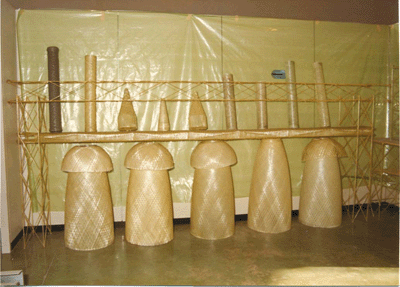
Curing of different types of resins by means of UV radiation
The hardening of organic coatings using light is generally achieved by a reaction of polymerization mechanism of radical (e.g. acrylic resins) or by a mechanism cation (resins epoxy). In the event that we have little lighted areas, they have developed cured double action, i.e., cured by UV and heat cured.
A typical formulation of a resin curing UV consists of a photoinitiator, a funcionalizado prepolímero which will be the 3D skeleton of a monomer and polymer used as reactive diluent, at the same time as the viscosity adjuster. Dual curing systems contain some additional features, generally isocyanates and hydroxyl groups in order to achieve an effective cross-breeding in dark areas by means of heat.
The photoinitiator plays a key role, on the one hand controlling the degree of reaction as well as the penetration of the incident light and therefore, the depth of cure. The degree of polymerization will depend on the reactivity of the functional group, the viscosity of the resin and of course the intensity of UV radiation.
Fotoiniciadores by radical polymerization
The fotoiniciadores of the radical type, consist of aromatic ketones which generated radical free when exposed to ultraviolet light, or by opening of the double bonds C - C or by theft of the hydrogen of the donor molecule of the same. Both, the benzoyl and the radical alkilo, initiate polymerization by the addition to the double bond of the monomer. To be effective, a photoinitiator must absorb the radiation of light emitted by the source, usually a medium pressure mercury lamp and generate radicals with high performance.
Acrylate resins are generally used in cured varnishes due to its high reactivity and a wide choice of monomers and prepolímeros.
The end properties of a coating cured by UV primarily dependent on the chemical structure of the prepolímero, of the degree of curing and cross-linking density. While performing light, change the phase of liquid to solid, the viscosity increases quickly and makes polymerization will slow to stop when the hardening or hardening. A more complete curing but slower will be achieved using monoacrilatos as a reactive diluent instead of di or triacrilatos, because of the increased molecular mobility in the soft polymer produced.
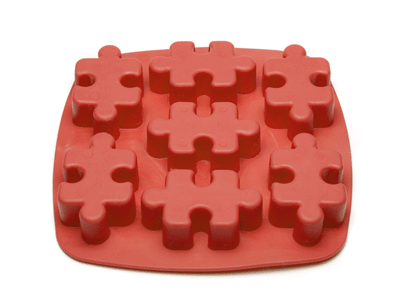
Kinetic study of the reactions of polymerization by real time UV by infrared spectroscopy
Perhaps the reactions by UV cure exclusive, great speed, seconds, at which a liquid resin becomes a solid polymer. This technology of cured by UV, which has been thoroughly investigated in the last decade, has found many applications, such as drying fast varnishes, adhesives, printing and composites. For the chemical specialist in polymers, the monitoring and control in time real of these ultrarrápidas reactions has been quite a challenge.
Really, the analytical techniques commonly used to study the reactions of polymerisation, such as calorimetry or dilatometría, have a response time too slow to follow the kinetics of the reaction. Even with these techniques that register are physical effects caused by the light curing reaction, such as prolapsed heat, changes in the volume or refractive index. This is not the case of infrared spectroscopy (S) in time real, a technique that allows us to follow the demise of the reactive monomer to be exposed to UV light. With this technique, the curves showing the progress of polymerization in time, can register in fractions of a second.
Distinctive features and advantages in the use of the UV radiation in a production process
The technology of curing UV radiation used in the initiation of the polymer cross-linking of multifunctional monomers, has numerous advantages, particularly in the synthesis of composites and nanocomposites:
-Formulation free of solvents, thus no emission of volatile organic compounds.
-Precise control over the growth time that ensures the perfect interpenetration of the resin within the layers of clay mineral.
-Operation at room temperature in air.
-Precise control of the beginning of polymerization, simply by connecting the light.
-Healed ultrafast using highly reactive acrylate resins and suitable fotoiniciadores.
-Precise control of the development of PCR, controlling just the intensity of the light.
-Wide variation of mechanical properties, from soft and flexible composites to organic glass hard, choosing the appropriate prepolímero.
-Obtaining of cured polymers very resistant to heat and chemical agents, as a result of the high rate of cross-breeding.
Conclusion
Materials of fiberglass and epoxy resin, have been produced at room temperature by fotoiniciadores cationic of a diepòxido, getting a complete curing of the resin after five minutes of exposure to light and a slight warming. This total cure of the material makes the achievement of a high hardness, excellent resistance to chemicals, heat and mechanical attacks. This means increasing their applications, due to the remarkable advantages resulting from the use of cured by UV light: high speed, low energy consumption and zero emission of Volatiles.
Based on the current and foreseeable developments, can be expected that this technology, respects the environment, has a rapidly expanding, in very broad industrial sectors in the manufacturing of composites.


